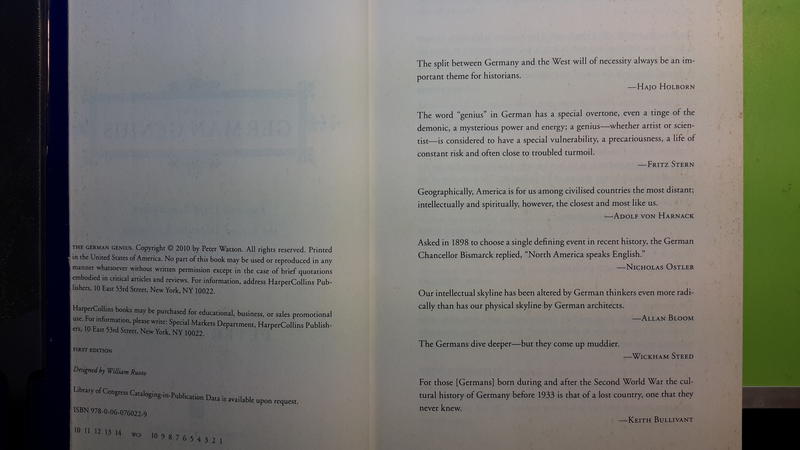

Thus there were two distinct Germanies competing for ascendancy, one highly cultivated, the other crudely nationalistic. From Liebig and Clausius to Ehrlich and Heisenberg, we are introduced to a pantheon of scientific and medical innovators.

Again, Prussia took the initiative, providing state funding for new scientific disciplines. This was followed in the 1830s by an emphasis on pure science that was to make Germany the world leader in many fields. Thus personal education (Bildung) acquired a moral quality, quite distinct from the religious doctrines of the past. The tools of discovery were made available to large numbers of students, who could acquire independent judgment. This resulted in a new research culture sustained by libraries, laboratories and journals. Moreover, teaching and research were to be combined, using seminars to encourage students to become proactive. Germany was already blessed with 50 universities, but the aim of Humboldt and the Prussian reformers was revolutionary: to introduce scientific methods (Wissenschaft) into all branches of learning from the study of antiquity to the observation of nature. But Peter Watson breaks new ground in his account of the founding of the University of Berlin in 1810, from which he dates the rise of the educated middle class as the basis of unprecedented prosperity. Early chapters are devoted to the achievements of Lessing, Herder and Winckelmann, Goethe, Kant and Schiller, Haydn, Mozart and Beethoven. To discredit the stereotype that equates Germans with Nazis, this book takes us back beyond Hitler to the period 1780-1830, defined – in the opening collage of quotations – as the German Renaissance.


 0 kommentar(er)
0 kommentar(er)
